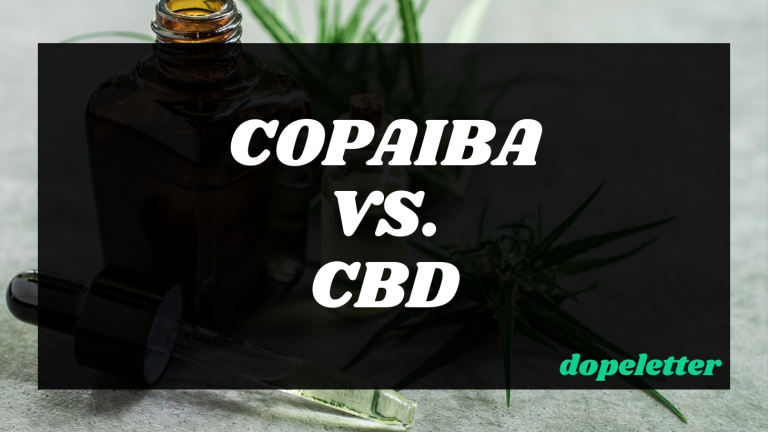
Perhaps you’ve heard of the excretion from a legume tree in South America known as copaiba oil.
It’s risen in popularity due to the fact that some consider it a potential treatment for inflammation, similar to CBD.
How do the two plant substances relate and differ? Keep reading to find out more about copaiba vs CBD to find out.
What’s the Deal With Copaiba?
Copaiba, in final form after extraction, ends up as an oil-resin or essential oil.
It’s used as aromatherapy by being inhaled or diffused. It can also be taken orally with a few drops under the tongue or used topically as an oil mixed with carrier oils.
The main claim-to-fame that copaiba has is its potential anti-inflammatory effects, according to research on rats. Unfortunately, research on copaiba is limited and the fact that most studies are on rats doesn’t prove the overall effectiveness of it as a potential treatment.
Still, many claim that it has the potential benefits of:
- Antimicrobial effects
- Antiseptic effects
- Relieving pain from arthritis
- Contraception
- Lessening mouth problems (e.g. tooth decay and gum diseases)
- Improving mood by reducing stress
- Healing wounds
It’s also used in cosmetic products aimed at reducing acne. However, there’s little research proving that these claims are true.
Copaiba vs CBD
Both products come from plants, potentially reduce inflammation and other unrelated issues, and are at the forefront of natural remedies.
This may be due to the fact that they both have beta-caryophyllene. This is a terpene that may cause anti-inflammatory effects in each of these products.
However, the similarities end there. While the two are sometimes grouped together, they are completely different products for the following reasons.
Differences Between the Two Products
First, CBD has a larger scope of ailments that it may potentially treat. This includes insomnia, psychotic disorders, and substance abuse disorders, among many others.
Additionally, CBD has more options available in terms of how you consume it. In addition to taking it sublingually (i.e. under the tongue), inhaling its vapors, and using it topically, it can be smoked. It can also come in various forms, such as isolate, broad-spectrum, and full-spectrum.
As such, the spectrum CBD products offer other beneficial plant components like flavonoids, terpenes, and potentially over a hundred different cannabinoids. This may allow for the entourage effect, the idea that CBD works better with other parts of the Cannabis Sativa L. present
Copaiba, on the other hand, doesn’t have research suggesting that it has these components or the potential benefits of the entourage effect.
Finally, the amount of research done on CBD far outweighs that of copaiba. Still, the research available for each of these plant products shows that both are likely safe.
Stay Up-To-Date With Current Research
Now that you know a little more about copaiba vs CBD, you can keep your eyes peeled for the research that is to come surrounding both of these plant compounds.
In general, it seems that CBD may be more effective for potentially treating various ailments. There’s bound to be more research on these two products as time continues, so that conclusion could change in due time.
To stay up-to-date on the latest CBD news and related products, join Dopeletter: